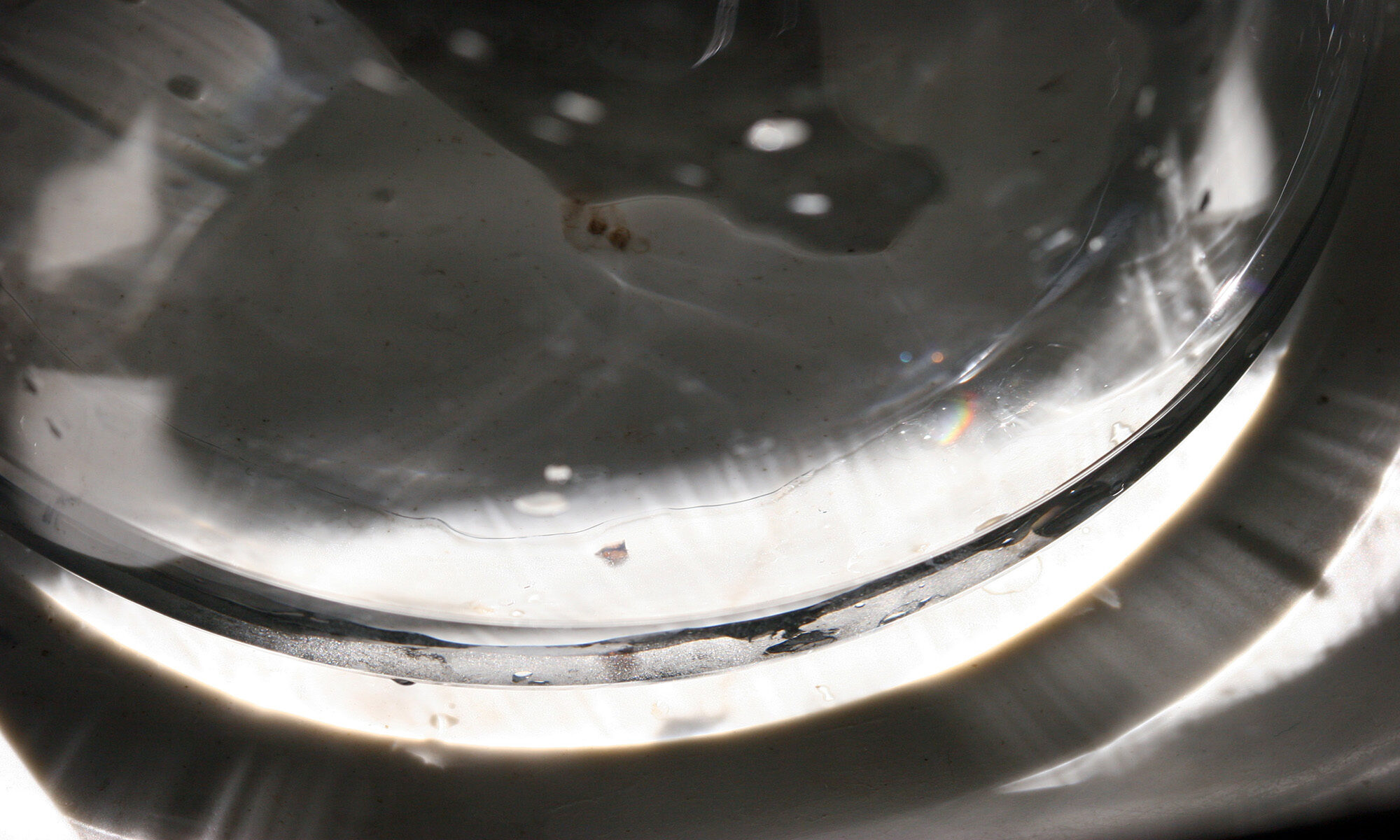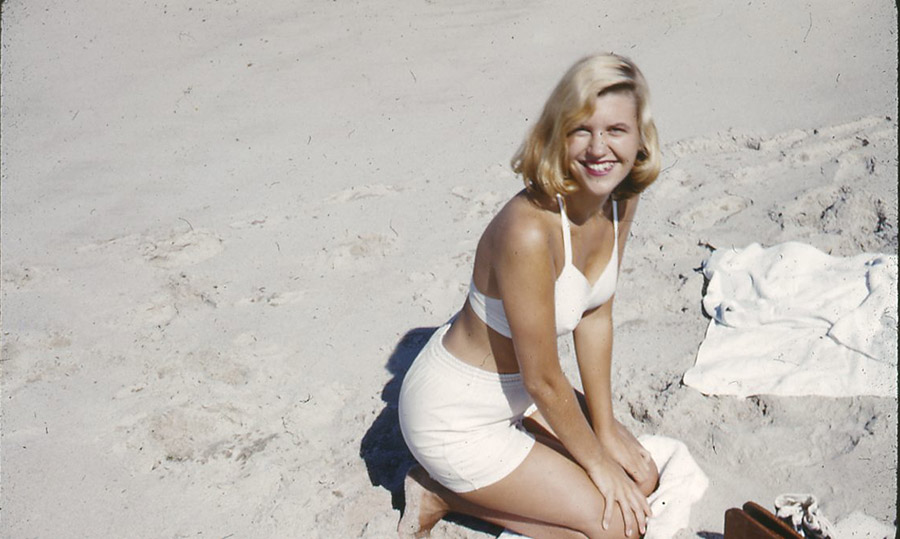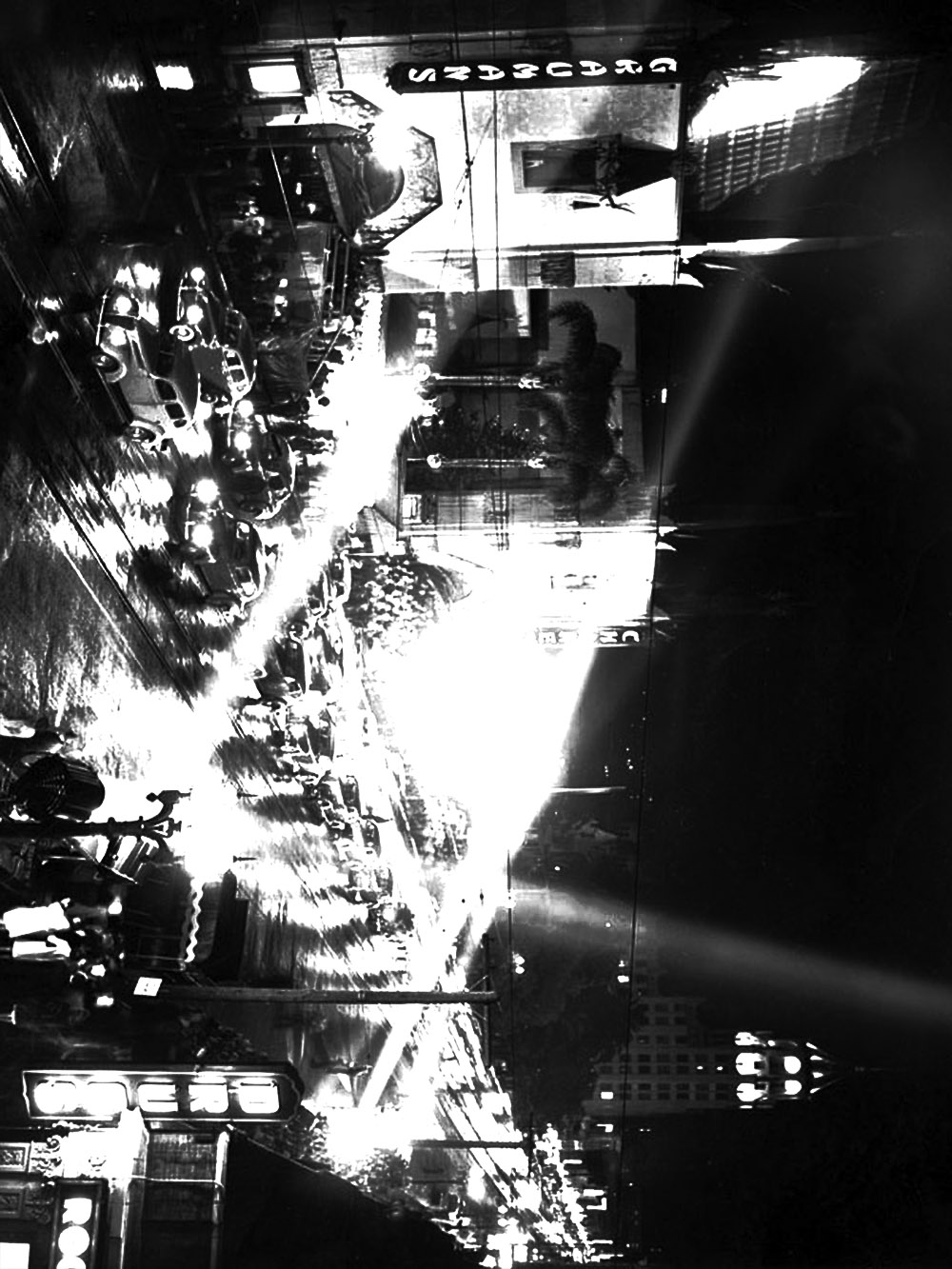I am for an art that is political-erotical-mystical, that does something other than sit on its ass in a museum.
I am for an art that grows up not knowing it is art at all, an art given the chance of having a starting point of zero.

I am for an art that embroils itself with the everyday crap & still comes out on top.
I am for an art that imitates the human, that is comic, if necessary, or violent, or whatever is necessary.
I am for all art that takes its form from the lines of life itself, that twists and extends and accumulates and spits and drips, and is heavy and coarse and blunt and sweet and stupid as life itself.
I am for an artist who vanishes, turning up in a white cap painting signs or hallways.
I am for art that comes out of a chimney like black hair and scatters in the sky.
I am for art that spills out of an old mans purse when he is bounced off a passing fender.
I am for the art out of a doggys mouth, falling five stories from the roof.
I am for the art that a kid licks, after peeling away the wrapper.
I am for an art that joggles like everyone’s knees, when the bus traverses an excavation.
I am for art that is smoked, like a cigarette, smells, like a pair of shoes. I am for art that flaps like a flag, or helps blow noses, like a handkerchief.
I am for art that is put on and taken off, like pants, which develops holes, like socks, which is eaten, like a piece of pie, or abandoned with great contempt, like a piece of shit.
Continue reading “I Am for an Art”






